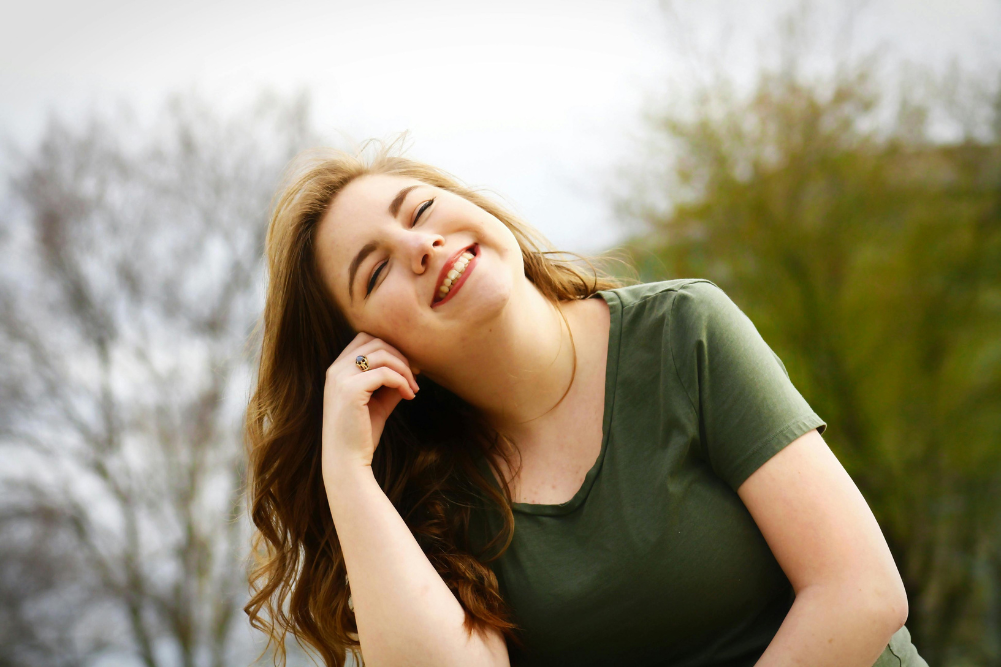The power of intention — using the unconscious to establish personal power
Words by Tracey Dwyer
Setting an intention can shape the way our day evolves.
I’ll never forget this moment when I became even more aware of my intentions.
“Okay, let’s run through our intentions. State your intention for the day as we prepare to open up the room for the participants. Let’s start with Trace,” the host said.
“Ah, um, I’m sorry. I have only just joined the Zoom session due to tech issues, so I am feeling a little flustered and need some time to calm.”
My head was supposed to be in a positive mindset, given I was crewing a personal development event. Thinking of and stating an intention wasn’t mirroring my mindset in that moment. But I learnt from this. I can’t fake an intention. I need to be in a healthy, positive frame of mind to set an intention. An intention is something I need to live into, not set and forget. And intentions need, and are, a part of our energy.
Let’s explore this idea a little more. The brain, while complex, is actually quite simple. When we understand how to use the valuable tool of communicating effectively with our brain, the conscious and the unconscious, then we open up its potential power. Setting an intention is simply instructing the unconscious brain with a statement, goal or question to frame or set up an event or time. It is a set-up tool used to seek a solution, just like any other set-up tool.
A board is floured before the dough is rolled out. A sheet is laid before painting begins. Setting an intention is a form of goal-setting — establishing what you want with the belief and energy to drive it. It’s laying a foundation of strength and conviction to energise yourself to complete the activity required in order to meet your intention. The unconscious brain then works towards satisfying the intention for its gratification.
Let’s look at an example. Say, today I set the intention: “to complete my activities in a relaxed and joyful mode”. I have set up my day with a strong and positive intention and now I will consciously be aware of this while my unconscious mind seeks to satisfy that intention.
It is different from an affirmation, which is an “I am” statement of being, a declaration of truth, such as “I am relaxed and joyful”.
An intention is instead about how you are going to be or what you will achieve in time. An intention promotes an action or a commitment, which allows you to be open and see the opportunities that will serve that intention. The interruptions, such as negative thoughts, then have a chance of being raised, addressed, minimised and managed.
Following an intention, we can apply a gratitude statement, which can help serve the belief that it will indeed happen. Another useful assistance tool is to apply a positive-framed question, for example: “I am grateful that I have the whole day ahead dedicated to completing my activities in a relaxed and joyful mode. How many ways can I continue to experience even more joy as I complete my activities?”
Intentions used to begin the day can have a powerful influence on the hours ahead and may serve to remind you if you are going off-course and reward you when you are on track.
Perhaps you can begin with reflecting on what your day ahead will encompass and then design an intention to serve that. For example: “Today, I will begin my day with gratitude. “I am thankful for the blessings in my life and the joy around me. “Today, I am mindful of my influence on others and the positive ripple my kind
words will have. “As I achieve my tasks today, I will do so knowing I am serving others. “I will support those who need me and ensure I am listening and being present for them. “Today, I will be playful and be a pleasure to be around.” But intentions bring benefits far beyond support for a specific moment in time.
When practised regularly as a discipline, intentions assist in developing our strengths and healthy boundaries from which we make choices on how we want to live. Intentions contribute to a positive healthy mindset and in turn have the potential for a more rewarding and healthy wellbeing.
There are many ways you can use intentions in your life to set up a desired result, from setting up a business meeting to a challenging conversation to making an important choice for yourself and/or your family. The opportunities are endless.
Perhaps if I had have set an intention before I jumped on my Zoom training call, I may have tackled the tech issues differently and carried the frame of mind I needed to enter the meeting … Lesson learned.
Tracey Dwyer is a business development manager for Wellbeing Media and a credentialed mindset performance coach, helping people learn to develop their minds and strengths to live in to their potential








